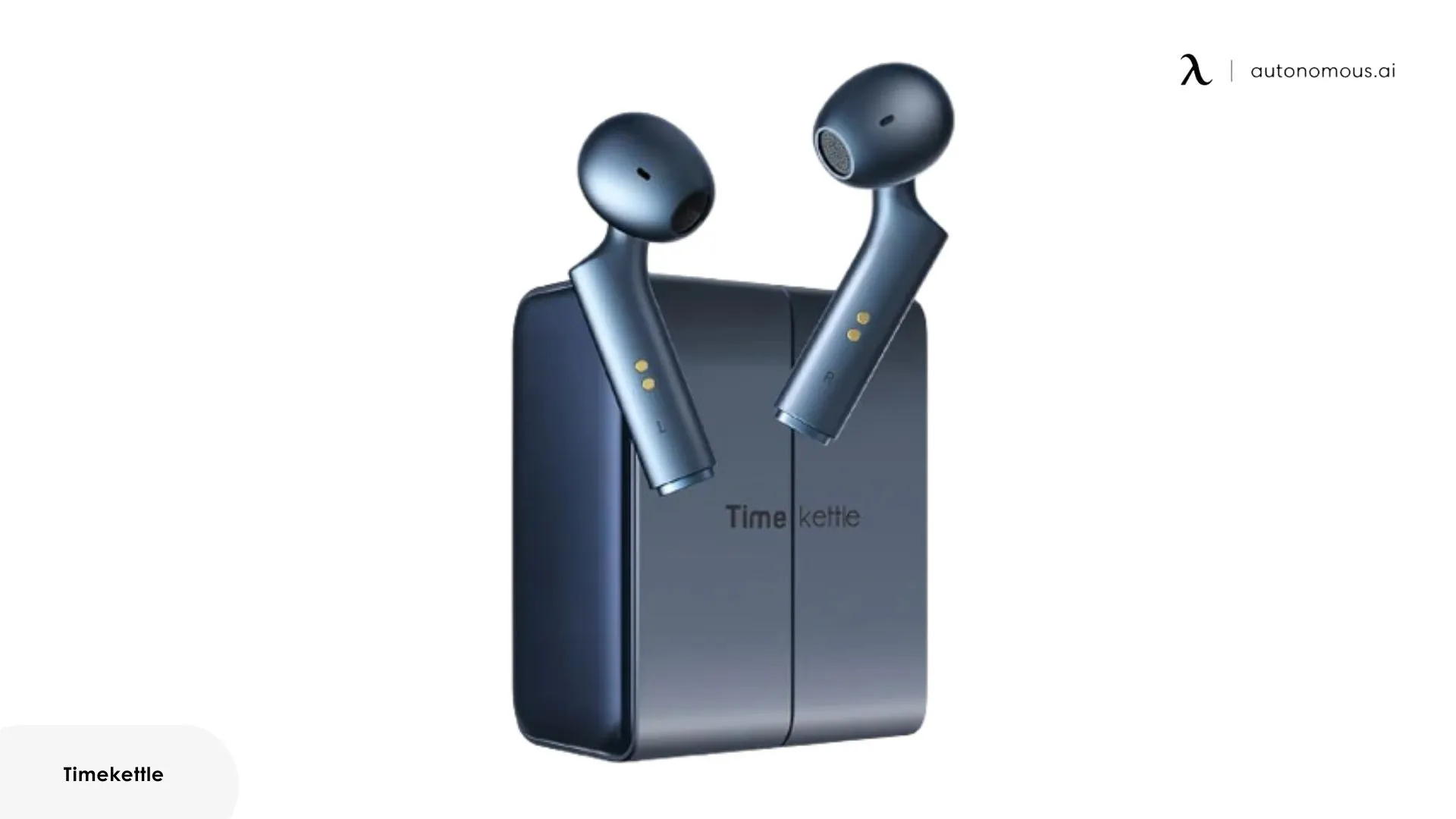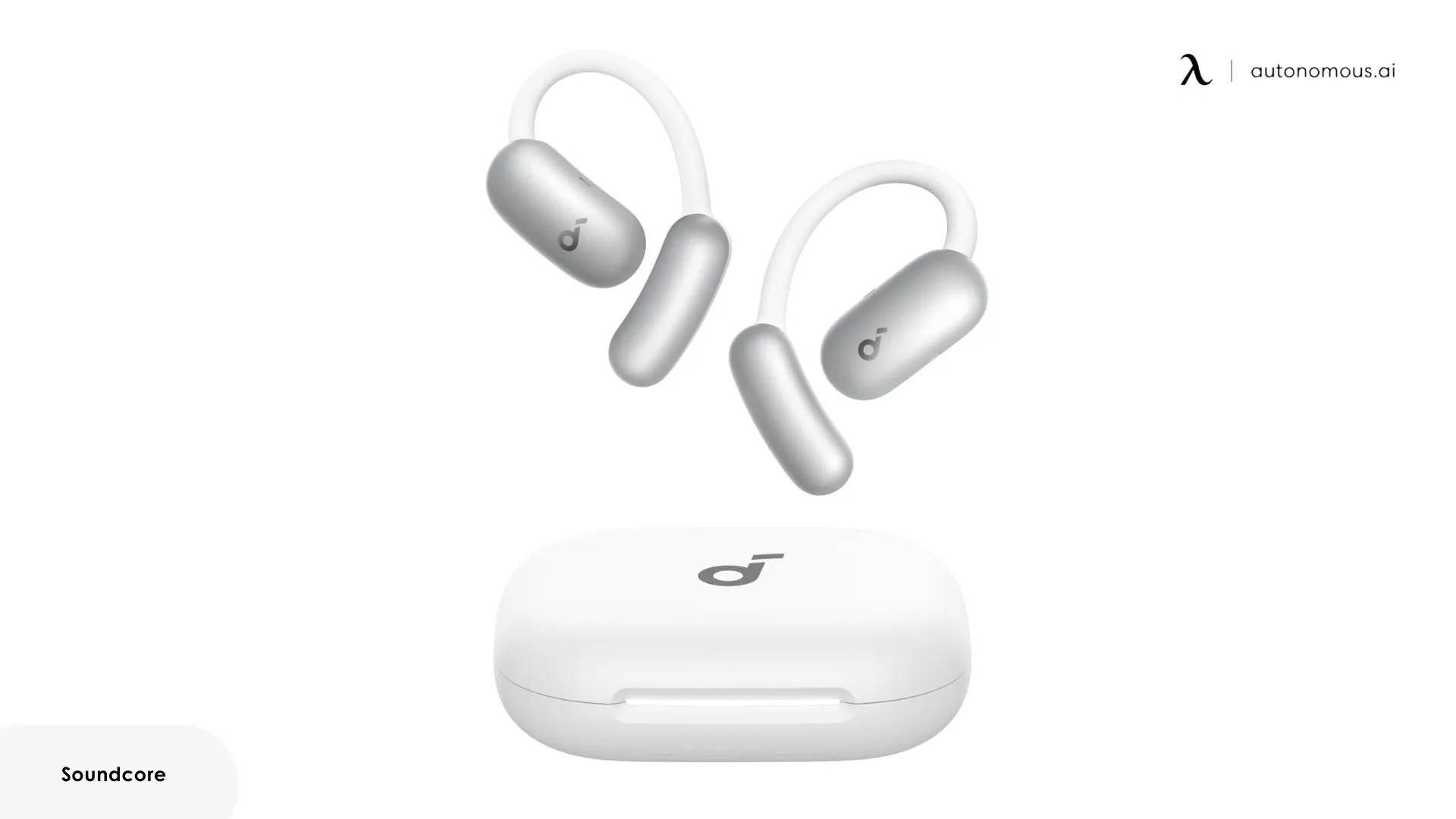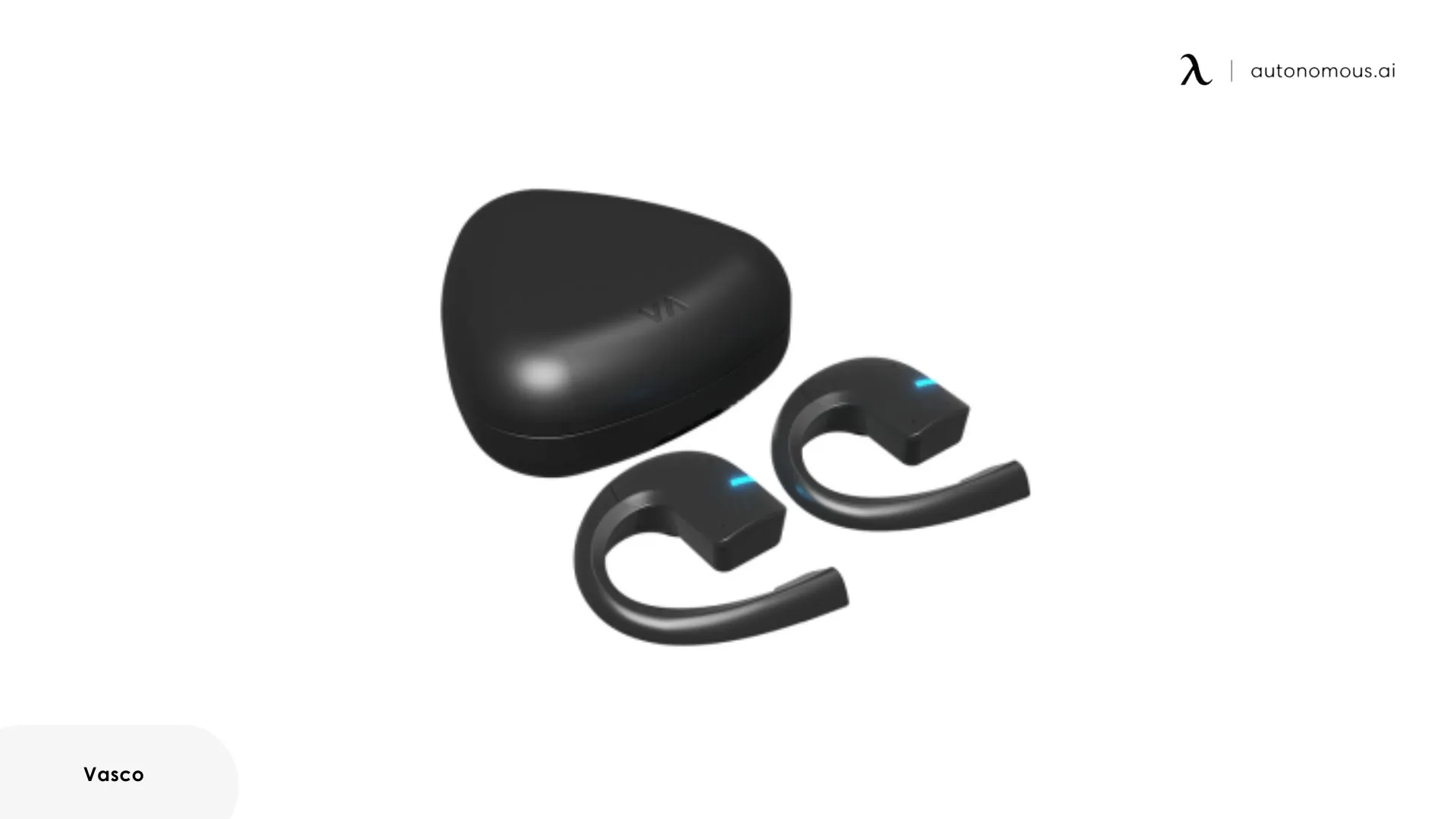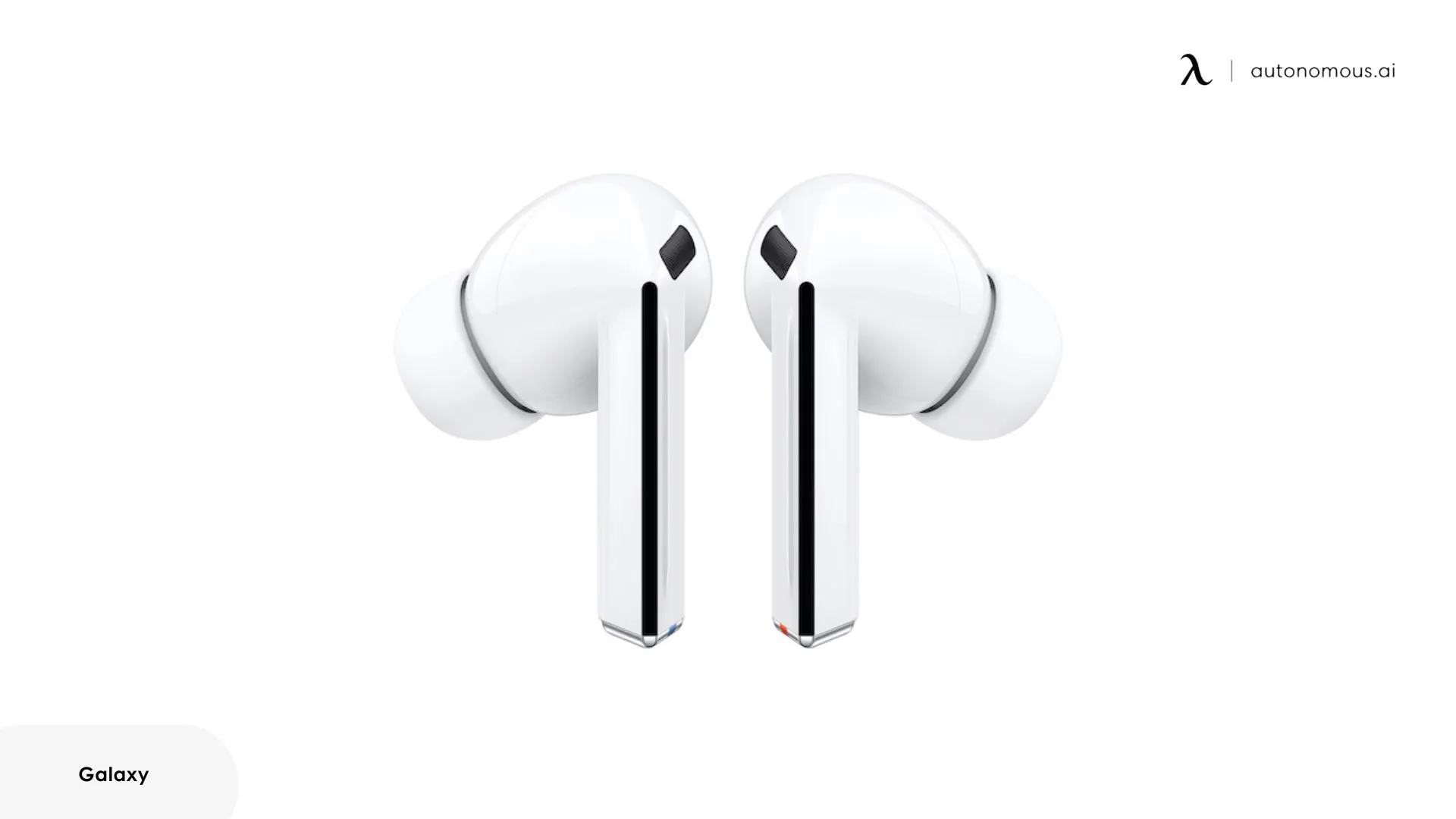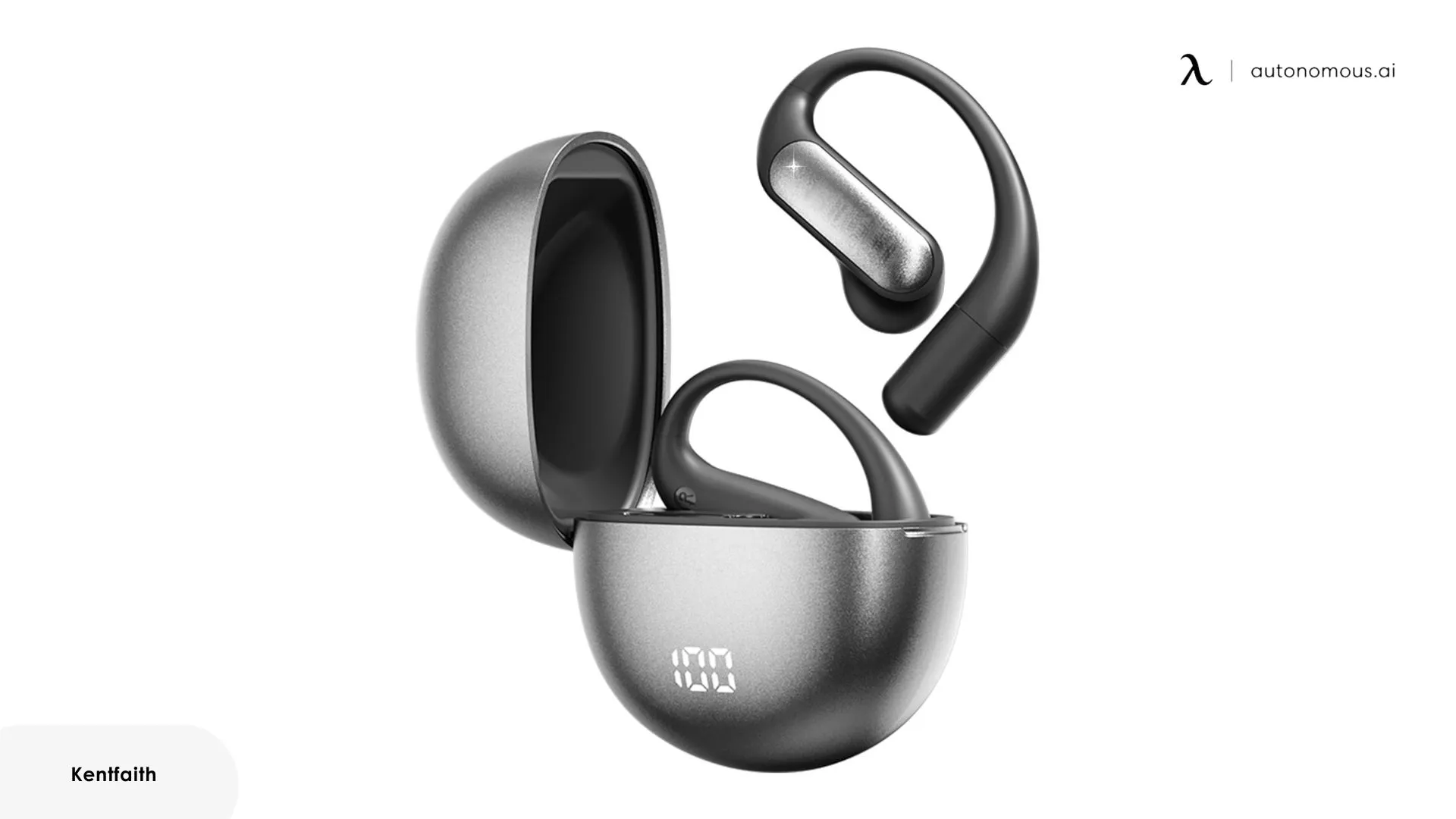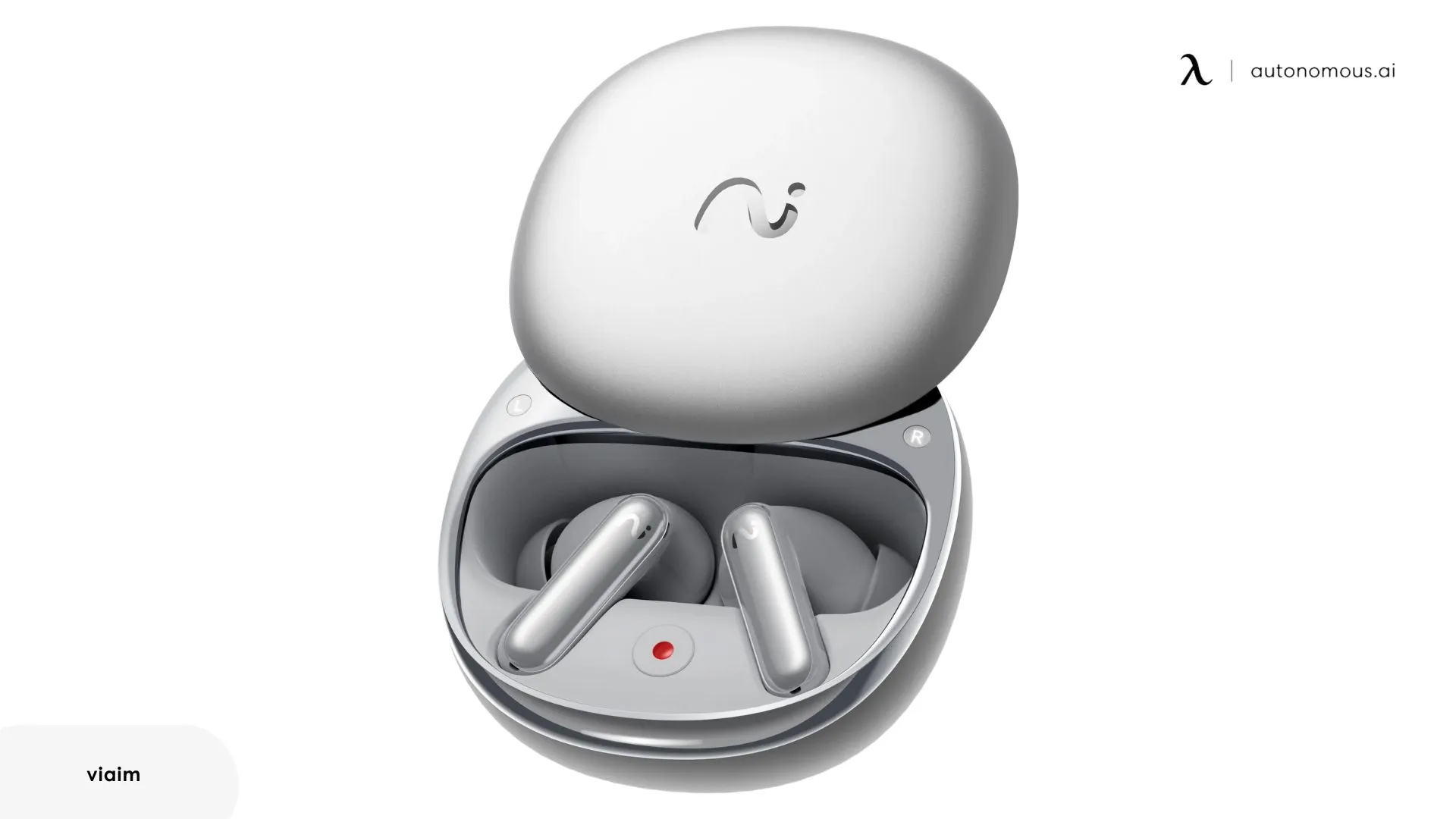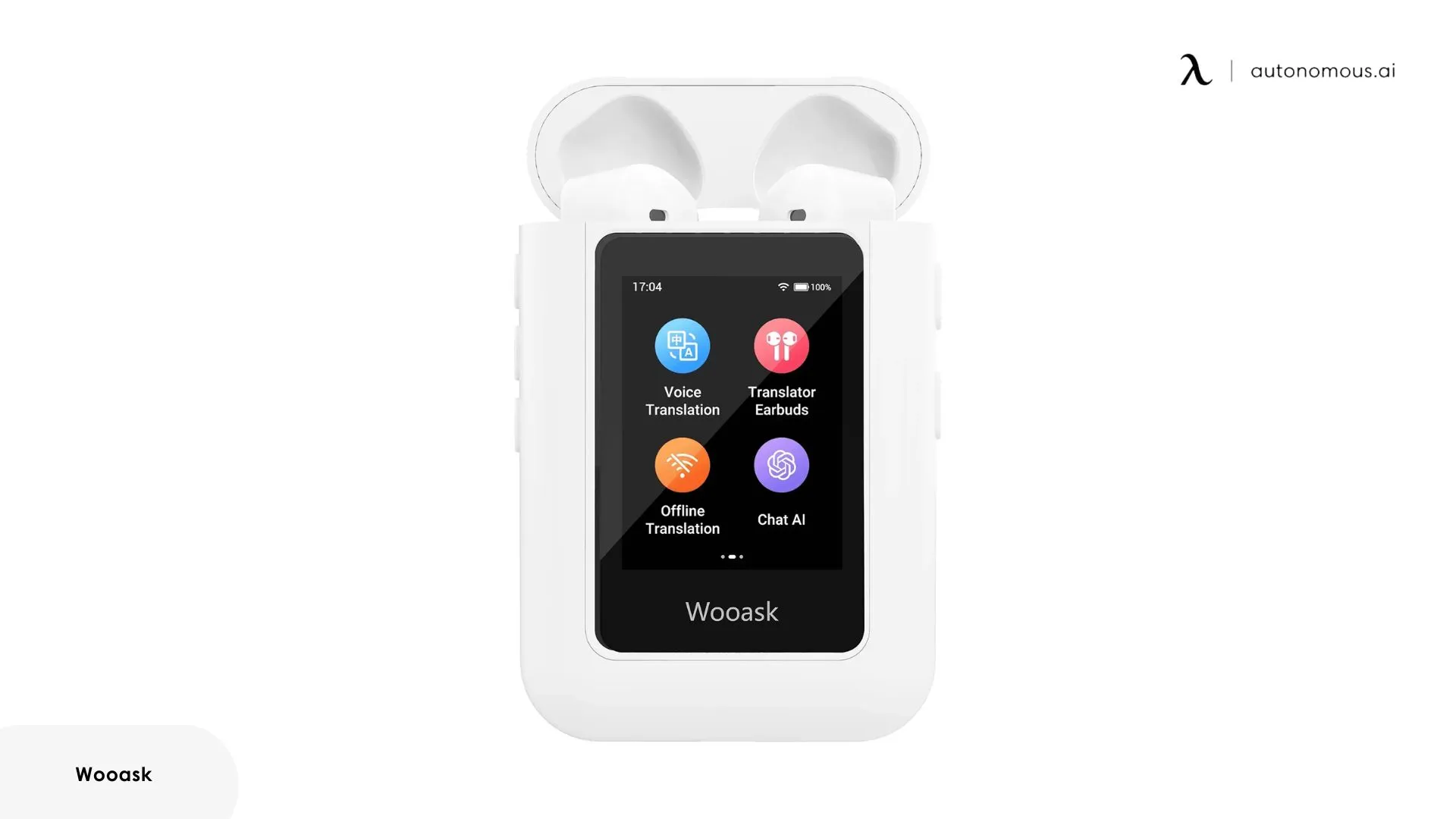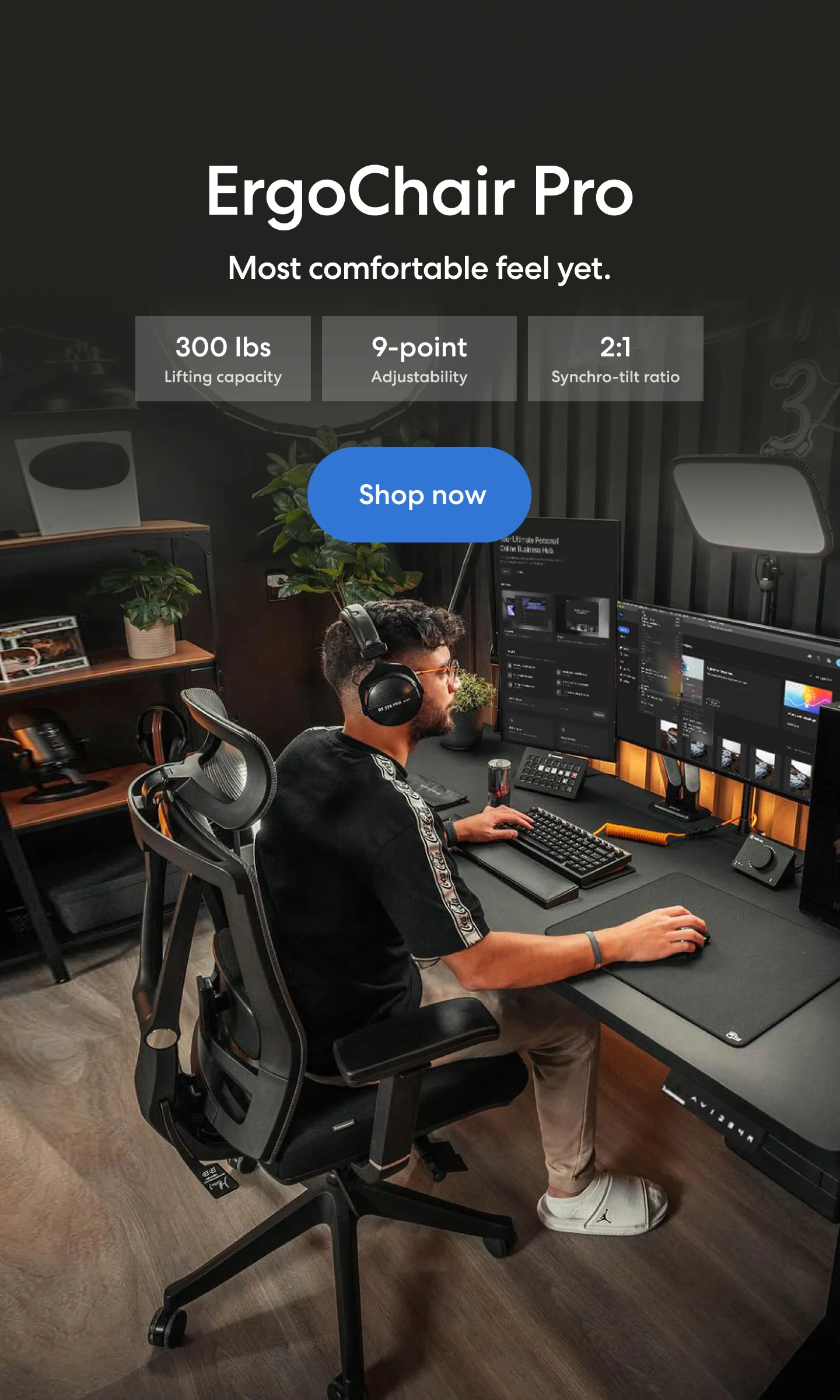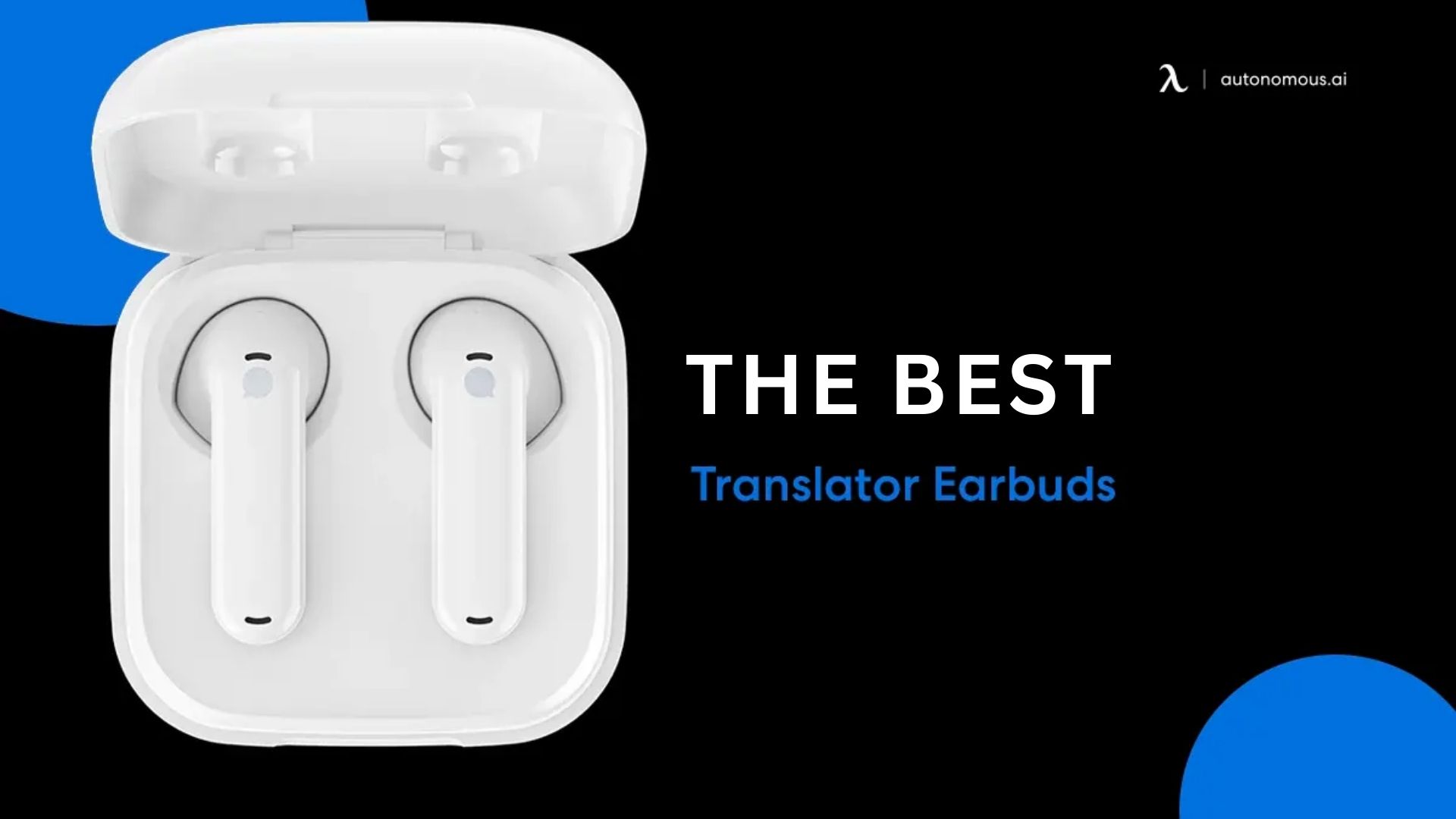
7 Best Translator Earbuds For Real-Time Translation
Table of Contents
Language doesn’t have to be a wall anymore. With translator earbuds, conversations in different languages can happen naturally and in real time. These smart devices are changing how people travel, work, and connect with others around the world. Whether you’re exploring a new country, meeting international partners, or learning a new language, they make communication smoother and faster.
As audio technology keeps evolving, headphones and translator earbuds are becoming key parts of how we interact and share ideas globally. Instead of relying on phrasebooks or translation apps, you can simply wear a pair of earbuds and talk with confidence.
How Translator Earbuds Work
Translator earbuds are built on a real-time speech recognition and translation pipeline designed to process spoken language in just a few milliseconds. When someone talks, the ear translator device uses a multi-microphone array to capture the audio signal. This signal is then cleaned through noise suppression and voice isolation, which helps the system distinguish speech from background sounds.
Once the audio is isolated, it’s converted into text through automatic speech recognition (ASR). That text is processed by neural machine translation (NMT) models, which analyze grammar, semantics, and context to produce accurate results. Finally, the translated text is converted back into speech using text-to-speech (TTS) engines and delivered instantly to the listener’s ear. Translator technology has quickly become part of everyday gear, sitting alongside essential office accessories that make work and communication more seamless.
Modern language translation earbuds use this pipeline in under a second, allowing conversations to flow naturally. Some models offer offline translation, caching language packs locally, while others rely on cloud-based engines for better accuracy. Whether it’s Google translator earphones, translator earbuds Samsung, or other real-time translation earphones, the core technology remains similar—fast processing, adaptive noise control, and multilingual support that makes communication seamless.
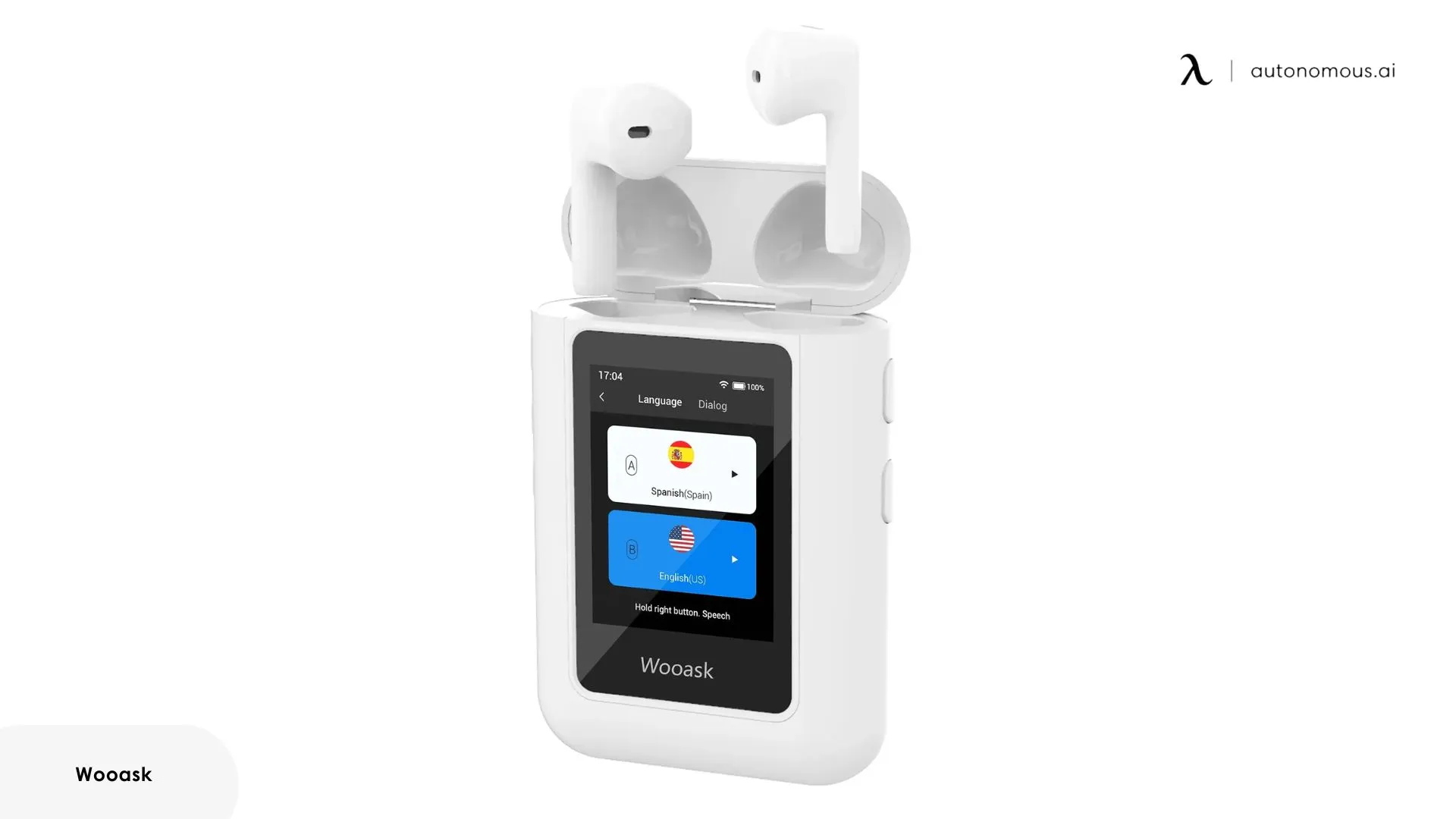
Best Translator Earbuds In 2025
Before picking any pair of translator earbuds, it helps to see how they actually stack up. Each model comes with its own strengths — some shine with ultra-low latency, others with wider language support or better offline functionality. Here’s a quick side-by-side look to give you a clearer picture.
Product | Languages Supported | Translation Latency | Offline Mode | Special Features | Best For |
Timekettle W4 | 40+ | 0.5s | Yes | AI interpreter engine, 3 modes | Travel, everyday use |
Soundcore AeroFit 2 | 30+ | ~1s | No | Open-ear fit, AI assistant | Daily communication |
Vasco Translator E1 | 49 | 0.5s | Yes | Dedicated translation OS, global SIM | Travelers, business |
Galaxy Buds3 | 40+ | ~0.8s | No | Samsung Interpreter Mode | Samsung users |
Kentfaith Translator Earbuds | 144 | 0.5s | Yes | Two-way translation, budget-friendly | Budget, wide language range |
viaim RecDot | 75+ | ~1s | Partial | Live transcription, conference mode | Meetings, multilingual teams |
Wooask A8 | 75+ | 0.5s | Yes | Powered by ChatGPT, AI-assisted | Conversational use |
1. Timekettle W4 AI Interpreter Earbuds
Timekettle’s W4 is built for real-time communication with AI-driven translation and three interaction modes: simul, touch, and speaker. It supports more than 40 languages and offers a 0.5-second translation speed, making conversations flow almost like they’re in one language.
In my experience, the Timekettle W4 stands out for its speed and reliability in real-time translation. Conversations flow smoothly with minimal delay, which makes a difference when you're speaking with someone face-to-face. Its offline language packs provide decent coverage, and the AI interpreter engine adapts well to different accents and environments. Translator earbuds like these can be part of a flexible home office setup, making remote work smoother and more connected.
It’s on the higher end of the price spectrum, and performance can dip slightly with weak connectivity. Still, among the best translator earphones available, the W4 stands out for its accuracy and consistent performance.
Pros:
- Lightning-fast translation
- Comfortable fit for long use
- Offline support is reliable
- Easy pairing and app interface
Cons:
- Expensive
- The app works best with a strong internet connection
Best for: Frequent travelers, business users, or anyone who wants a solid all-rounder that doesn’t glitch mid-conversation.
2. Soundcore AeroFit 2 AI Assistant
During my translator headphones review process, the Soundcore AeroFit 2 felt different from traditional translation devices. Its open-ear design makes it easy to wear for long stretches, and translation works well in clear environments.
Where it falls short is offline functionality and latency. It’s slightly slower than specialized translator earbuds, and in busy surroundings, accuracy isn’t always consistent. For people working in a modern home office, this kind of comfortable, lightweight design can fit seamlessly into a daily workflow.
Pros:
- Comfortable open-ear fit
- Great for casual, on-the-go use
- Strong app ecosystem
Cons:
- No offline support
- Translation is slightly slower than dedicated devices
Best for: People who want translator earbuds in real time but also enjoy using their earbuds for music, calls, and daily tasks.
3. Vasco Translator E1
The Vasco Translator E1 is built purely for translation, and it shows in real-world performance. It handled multiple accents with a strong degree of accuracy and low latency, even in offline scenarios. Unlike some best translator earphones that balance between music and translation, this model is focused solely on communication.
It’s not designed for music or entertainment, and the design is slightly bulkier than standard earbuds. But as a specialized tool, it performs reliably and consistently.
Pros:
- Strong offline and global translation coverage
- Low latency and high accuracy
- Easy to set up with no subscription
Cons:
- No standard music playback features
- Bulkier than standard earbuds
Best for: Serious travelers or business professionals who prioritize translation performance over entertainment features.
4. Galaxy Buds3
As part of this translator headphones review, I found the Galaxy Buds3 to offer a smooth integration of translation features for Samsung users. Interpreter Mode integrates smoothly with Samsung devices, and the audio quality is strong enough for everyday use. In conversation, there’s a slight delay compared to dedicated translation earbuds, but it’s still quick enough for most casual interactions.
Without offline translation and with a reliance on Samsung’s ecosystem, its best performance is limited to those already using Galaxy devices. For them, however, it’s a convenient solution.
Pros:
- Seamless translation for Samsung users
- Excellent audio quality and ANC
- Compact and comfortable
Cons:
- No offline translation
- Works best within the Samsung ecosystem
Best for: Samsung users who want Google translator earphones–like convenience without buying an extra device.
5. Kentfaith Translator Earbuds Real-Time Two-Way
The Kentfaith Translator Earbuds are a budget-friendly option with a surprisingly wide language range and respectable translation speed. In quiet environments, the accuracy is fair for its price point. While they don’t deliver the same level of refinement as the best translator earphones, they’re a solid option for entry-level users.
For users who don’t need premium materials or advanced app features, it’s a practical way to explore real-time translation without a significant investment.
Pros:
- Very affordable
- Wide language support
- Simple setup and UI
Cons:
- Build quality feels basic
- Accuracy can dip in noisy places
Best for: Students, budget travelers, or anyone testing the waters before going high-end.
6. viaim RecDot Wireless Bluetooth AI Conference Earbuds
The viaim RecDot clearly targets professional and team-based communication rather than casual conversation. Its real-time transcription feature adds meaningful value in multilingual meetings, and its translation performs reliably in structured settings like presentations or discussions.
In professional setups where clarity and focus matter, tools like translator earbuds and the best work headphones can work hand in hand to create a smoother, distraction-free communication experience.
Setup takes more time than standard earbuds, and the form factor is larger, but it delivers accuracy and clarity where it matters most—in professional contexts.
Pros:
- Ideal for professional settings
- Real-time transcription works well
- Clear mic and speaker performance
Cons:
- More complex setup
- Bulkier than regular earbuds
Best for: Remote teams, conferences, or bilingual meetings, where accuracy and transcripts matter more than style.
7. Wooask A8 AI Language Translator Earbuds
The Wooask A8 offers a slightly different experience from most translator earbuds I’ve used. The AI-backed translation provides more contextually natural output, which helps make conversations feel less mechanical. Latency is low, and offline performance is stable. That alone makes it a noteworthy contender among the best translator earphones right now.
Its lesser-known brand presence may give some users pause, and in noisy environments, there can be occasional lag. But as a whole, it delivers a well-rounded translation experience that feels more human than purely technical.
Pros:
- Smooth, conversational translations
- Offline packs included
- Good balance of price and features
Cons:
- Less brand recognition
- Occasional lag in noisy environments
Best for: Users who want a smarter translator earbuds experience with more natural speech flow, especially for learning or daily conversations.
Not every pair of translator earbuds is built for the same purpose. Some models excel at quick travel interactions, while others are better for structured communication or daily convenience. Understanding what matters most to you — latency, language coverage, offline use, or comfort — will guide you toward the right choice among the best translator earphones available.
How To Choose The Right Translator Earbuds
Choosing the right translator earbuds isn’t about picking the flashiest model. What really matters is how well a device fits your personal use case. Based on my experience testing and reviewing multiple models, these are the key factors that make a real difference in daily use.
- Translation Latency
Translation latency determines how natural a conversation feels. A delay of one or two seconds may not seem like much on paper, but in a live exchange, it can create awkward pauses. Premium models like Timekettle and Vasco typically offer sub-second response times, which make interactions feel closer to real dialogue. If smooth communication is a priority, prioritize real-time translation earphones with low latency.
- Language Coverage and Accuracy
Language support varies widely between brands. Some of the best translator earphones support over 100 languages, while others focus on the most commonly used ones. It’s also important to consider accents and regional dialects. Devices with large language databases and strong AI models tend to offer more accurate, natural-sounding translations.
If you travel frequently or work in multilingual environments, look for earbuds that support both broad language coverage and contextual translation rather than just literal word mapping.
- Online vs. Offline Mode
Many ear translator devices rely on cloud processing for translation, which means they work best with a stable internet connection. However, several models now include offline packs for core languages. If you plan to use them in areas with limited connectivity, offline mode can be a game-changer. This is especially relevant for travelers or professionals attending international events where Wi-Fi isn’t always reliable.
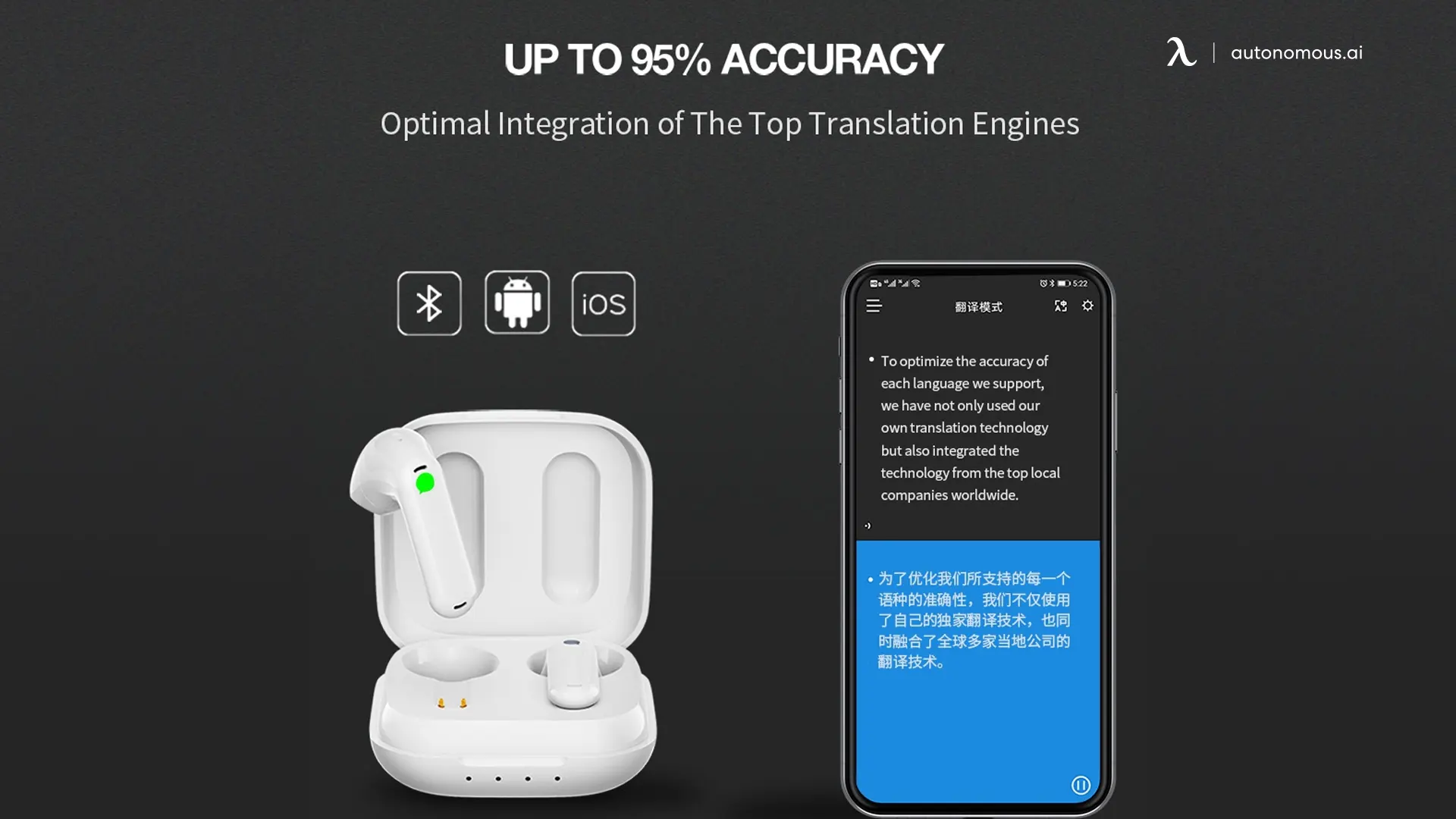
- Noise Handling and Audio Clarity
Translation accuracy depends heavily on how clearly the earbuds can capture speech. Noise cancellation and voice isolation are key here. In environments like airports, cafés, or conference halls, background noise can easily throw off transcription and translation accuracy. Similar to the best headphones for ADHD, the ability to minimize distractions can significantly improve overall communication quality.
Based on my experience with translator earbuds, models that offer advanced noise suppression tend to perform consistently across various settings.
- Device Compatibility and Ecosystem
Some translator earbuds, such as Galaxy Buds3 or Google Translate earphones, work best within a specific ecosystem. If you use an iPhone or Samsung device, check how well the earbuds integrate with your operating system. Compatibility can impact not just pairing but also access to features like real-time interpretation and language settings.
- Comfort and Battery Life
Even the most advanced translation tech won’t be useful if the earbuds aren’t comfortable to wear. Open-ear designs tend to feel more natural for long conversations, while in-ear designs often provide better noise isolation. Battery life also matters — longer sessions like meetings or travel days require a device that can last without constant charging.
- Price vs. Practical Use
There’s a noticeable price gap between budget and premium models. In my experience, the best translator earphones usually justify their cost with better translation speed, reliability, and build quality. That said, budget models can still serve well for casual or short-term use.
The key is to be clear about what you actually need. Paying more doesn’t automatically mean better if your use case is occasional.
When choosing translator earbuds, focus on function before features. A well-balanced model with good latency, language support, and offline capabilities will almost always offer a better experience than an over-marketed device with impressive specs on paper. Matching the product to your real-world needs — whether it’s travel, work, or language learning — is where the value truly lies.
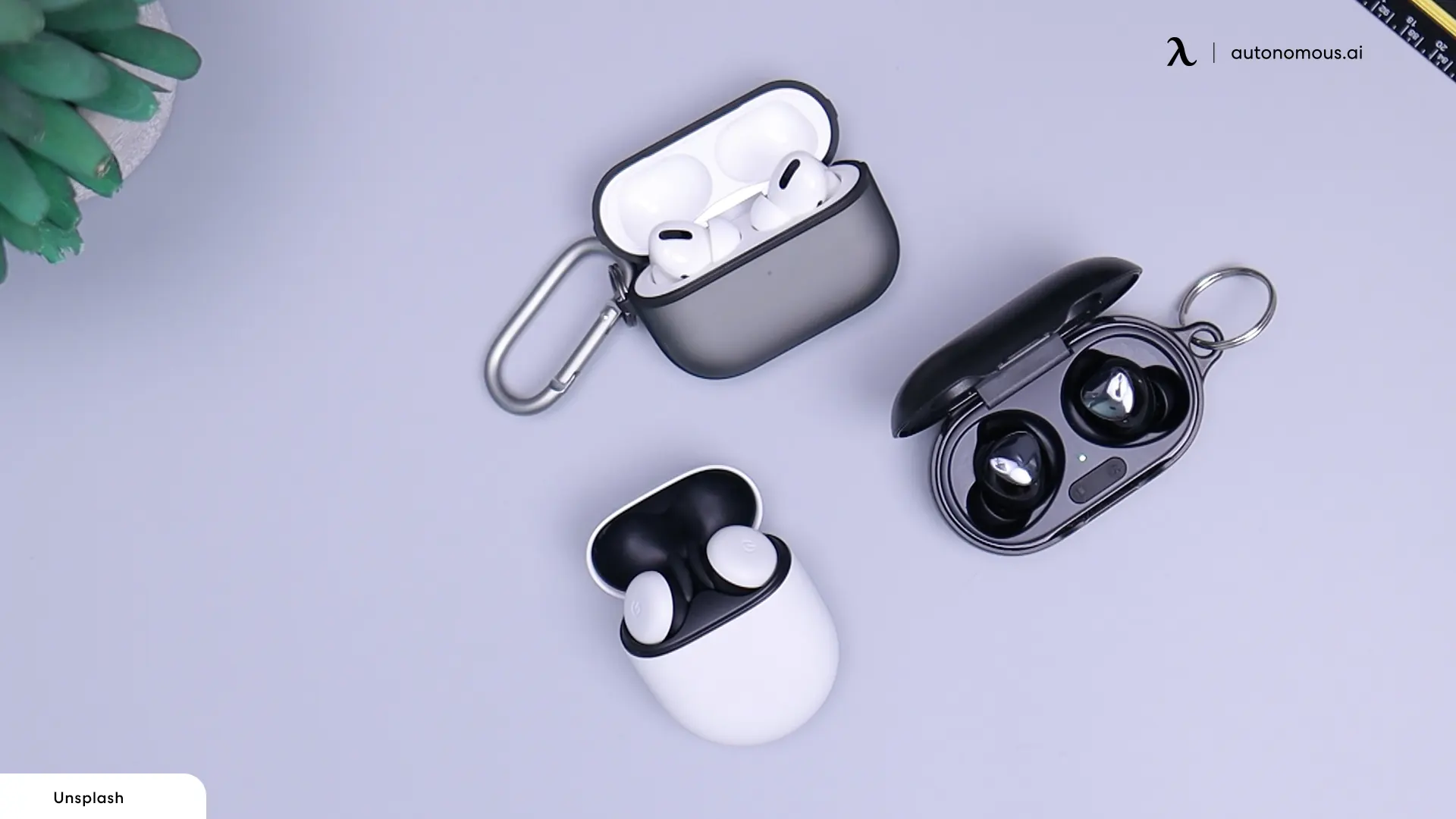
FAQs
1. Do translation earbuds actually work?
Yes, translator earbuds do work — and they’ve improved significantly in recent years. Modern models use advanced speech recognition, neural machine translation, and text-to-speech to deliver real-time translations directly to your ear. Accuracy depends on factors like internet connection, background noise, and language complexity.
2. What is the best translator earpiece for travel?
The best translator earpiece for travel supports multiple languages, offers offline mode, and has a reliable hardware build and connectivity. Models designed specifically for translation rather than regular audio tend to perform best in foreign-language, low-connectivity environments.
3. Are there earphones that translate?
Yes, many earphones translate spoken language in real time. These devices function like regular wireless earbuds but are powered by translation engines that convert speech into your chosen language almost instantly.
4. Is there an earpiece that translates in real time?
Yes, several earpieces that translate in real time are available on the market. Real-time translation means the device processes and delivers the translation with minimal delay, often under one second.
5. Can translator earbuds work without WiFi or mobile data?
Some translator earbuds support offline translation by pre-loading language packs, so they can work without WiFi or mobile data for selected languages. However, full translation accuracy and wide language support usually require an internet connection.
6. How accurate are translator earbuds compared to translation apps?
Translator earbuds can match or exceed translation apps in ease of use during conversation because they seamlessly combine hardware and software. That said, the core translation engine may be similar, so accuracy still depends on the environment and input quality.
7. Can translator earbuds translate multiple people in a group conversation?
Some advanced translator earbuds and systems support multi-person conversations, allowing each participant to speak in their own language while the device translates for everyone. But the number of supported users and languages varies, so check group-mode capabilities.
8. Are translator earbuds compatible with iPhone and Android devices?
Many translator earbuds support both iPhone and Android, but full functionality (such as seamless pairing or specific translation modes) may vary by ecosystem. It’s best to verify compatibility with your phone before purchase.
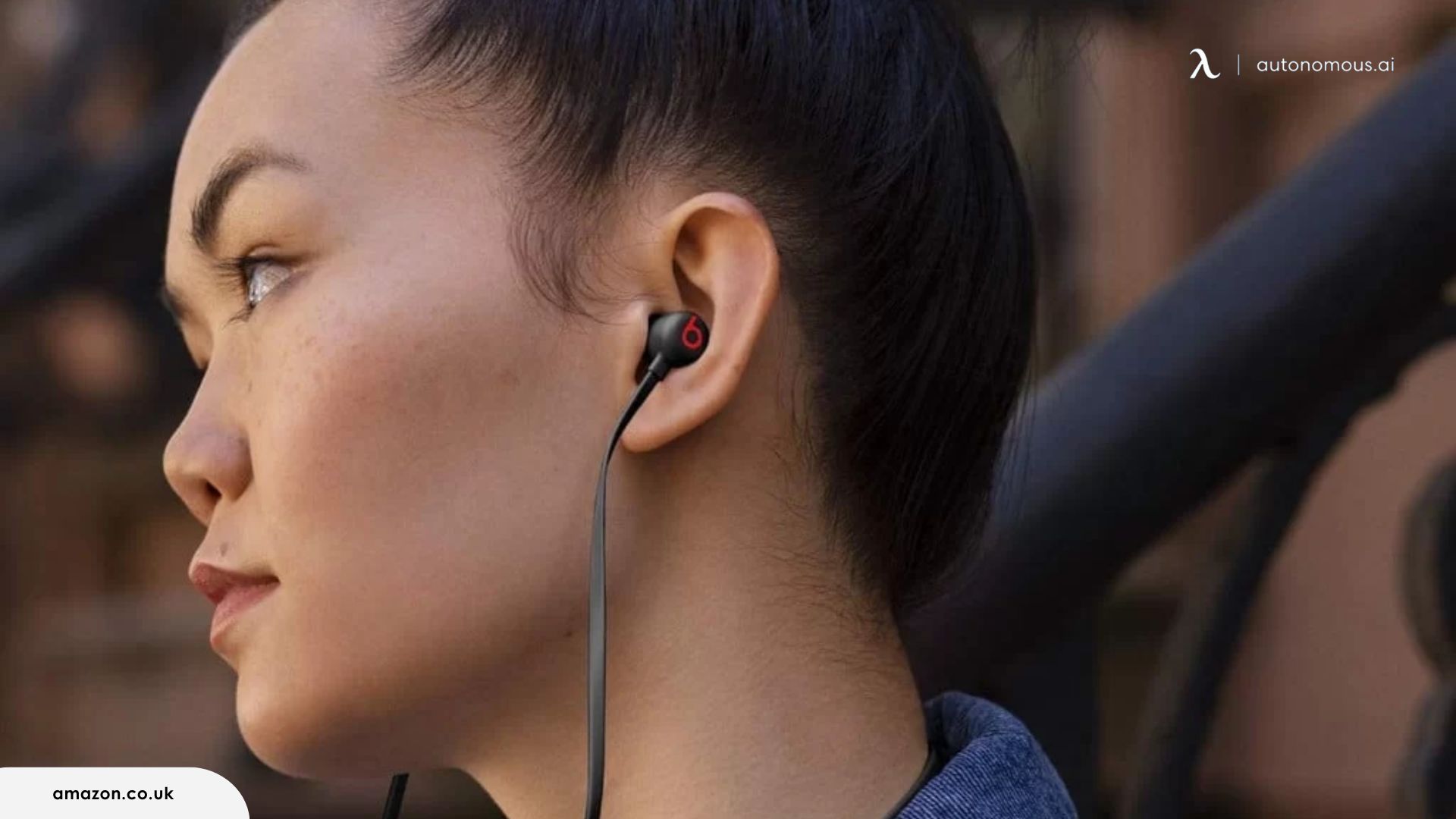
Conclusion
The rise of translator earbuds reflects how far language technology has come. What once required bulky devices or clunky apps can now be done seamlessly through a lightweight pair of earbuds. Whether you need them for travel, work, or daily communication, these tools offer a practical way to connect with people across languages.
From premium options like Timekettle and Vasco to more accessible models like Kentfaith and Wooask, each device has its own strengths. The right choice depends on what matters most to you — latency, language coverage, offline support, or everyday comfort.
As language AI continues to improve, the best translator earphones are becoming less about gimmicks and more about creating natural, fluid conversations. If you’re ready to overcome language barriers, this technology is already capable of making that possible today.
Spread the word
.svg)

